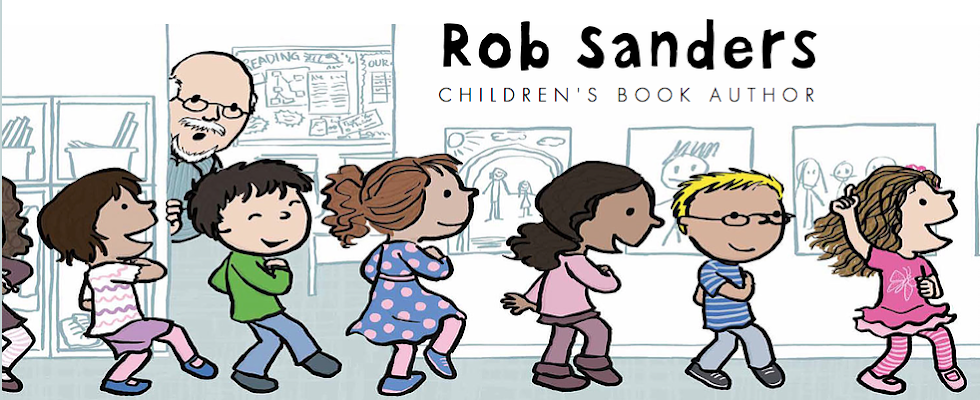Week of April 8, 2012—JUDGE FOR YOURSELF
Friday, April 13, 2012—Under-developed Plot
Donna Jo Napoli said at SCBWI Miami, “Everyone talks about plot—something has to happen—we have to have an experience.” The plot is the organized sequence of events that make up a story. Every plot includes a conflict or problem. At the same conference in Maimi, Tamar Brazis (an editor with Abrams) also said that conflict and resolution were essential—even in picture books. She went on to say the conflict and resolution doesn’t have to be something big and earthshattering—it could be a lost shoe—but something has to happen in the story.
Story after story that I read in that short story contest had no plot. They were memoirs, recollections, telling something that happened to the character. We all have stories like that, stories that we love to tell our friends, that have been passed down from generation to generation, or that we think we should write down so others in our family won’t forget them. But these are not plots. One of the things the editors at the Miami SCBWI conference said they disliked the most was sentimentality and nostalgia. (So be warned!) Many of those short stories had no problem, no conflict. Sometimes the protagonist and antagonist in the story weren’t clearly defined. Sometimes the action didn’t rise and fall as needed for a successful plot—the actions just occurred.
A real plot includes (among other things I’m sure):
· Characters
· Setting
· A problem or conflict
· Rising action—where the problem is developed/worsened and the interest o fht reader and the suspense grows
· Climax—the turning point in the story—often causes the main character to come face-to-face with his/her problem and to change in some way
· Falling action—all the loose ends are tied up
· Resolution—the story comes to a reasonable end
If you have a recollection or family story that you want to make into a plot, then you might follow the advice of Tamar Brazis who said: “Make the story work—and make it vivid—even if it’s not all true.” Yes, my dear writing friend, you have the freedom (and responsibility) to embellish those stories so you develop a plot that is worthy of publication.
I’ve attended several conferences about plot development and have learned about Fretag’s Pyramid, the Plot Clock, the three-act structure, television/screen writing three-act structure, and more. If plot is something you struggle with, Google it, research it, attend a conference about it—make it your priority to not have a lackluster, underdeveloped plot!

No comments:
Post a Comment